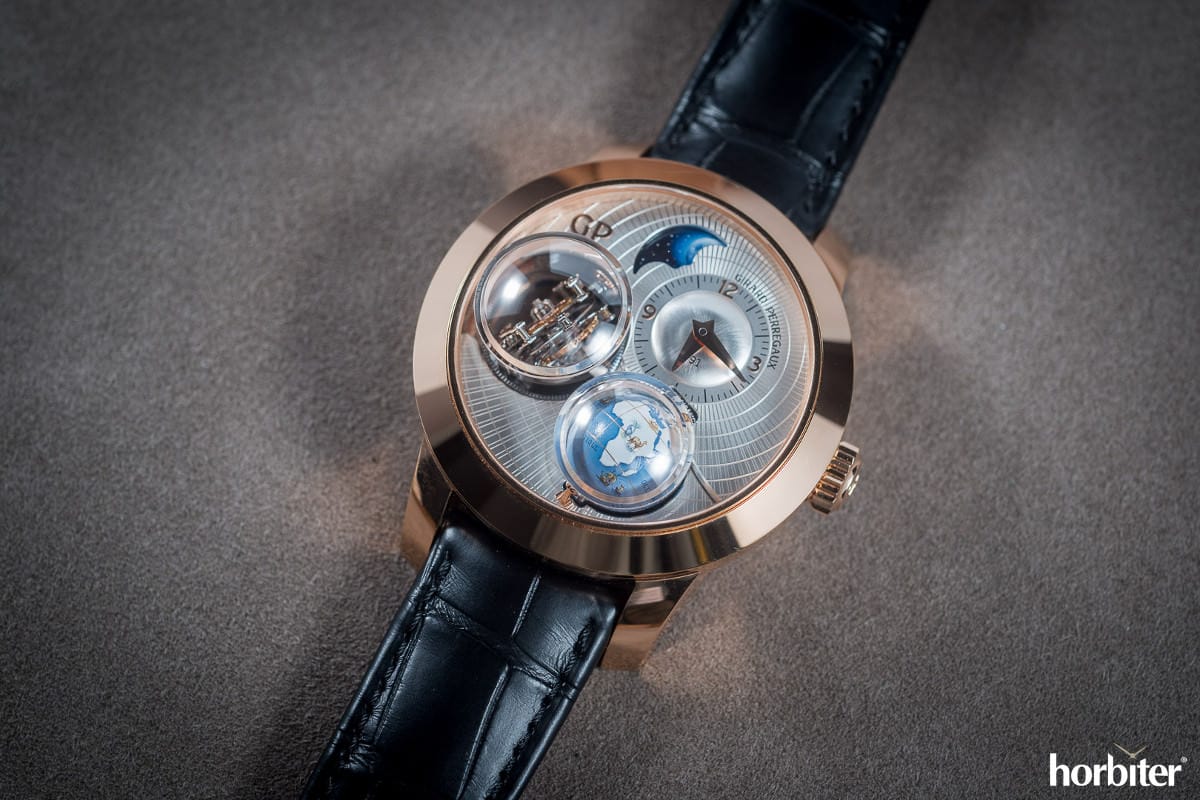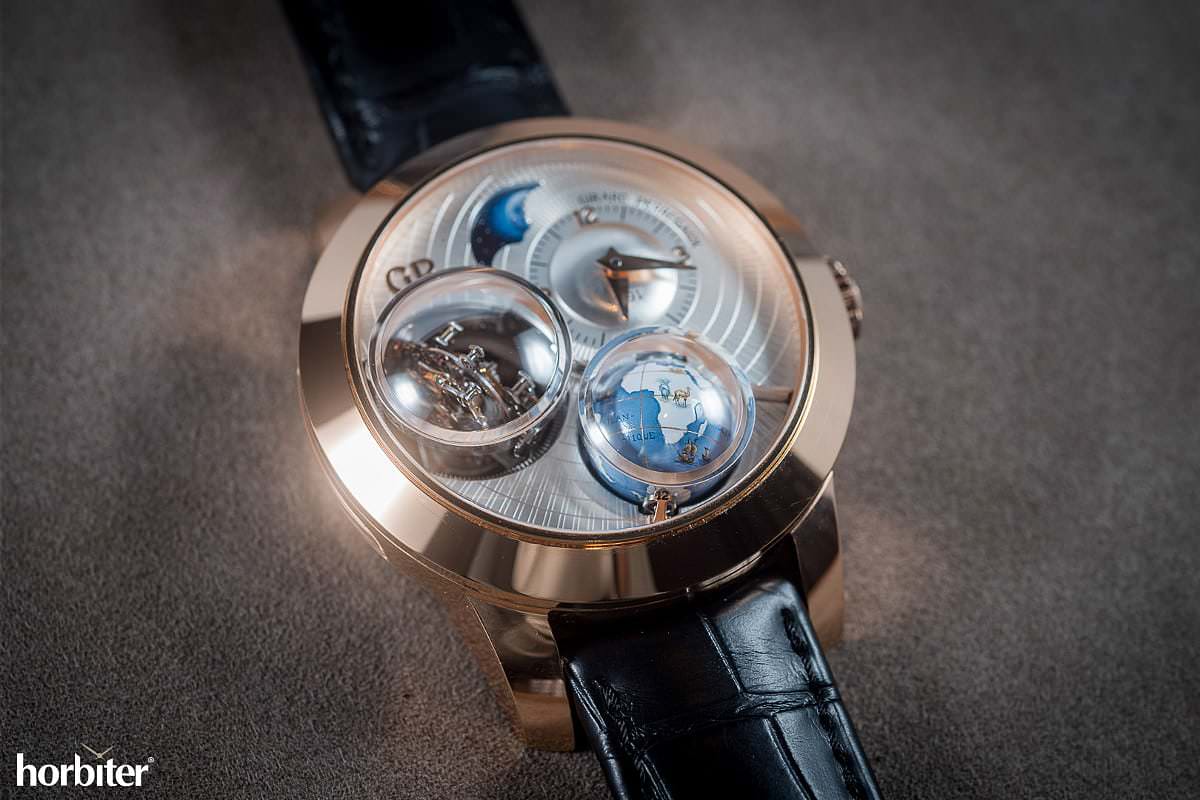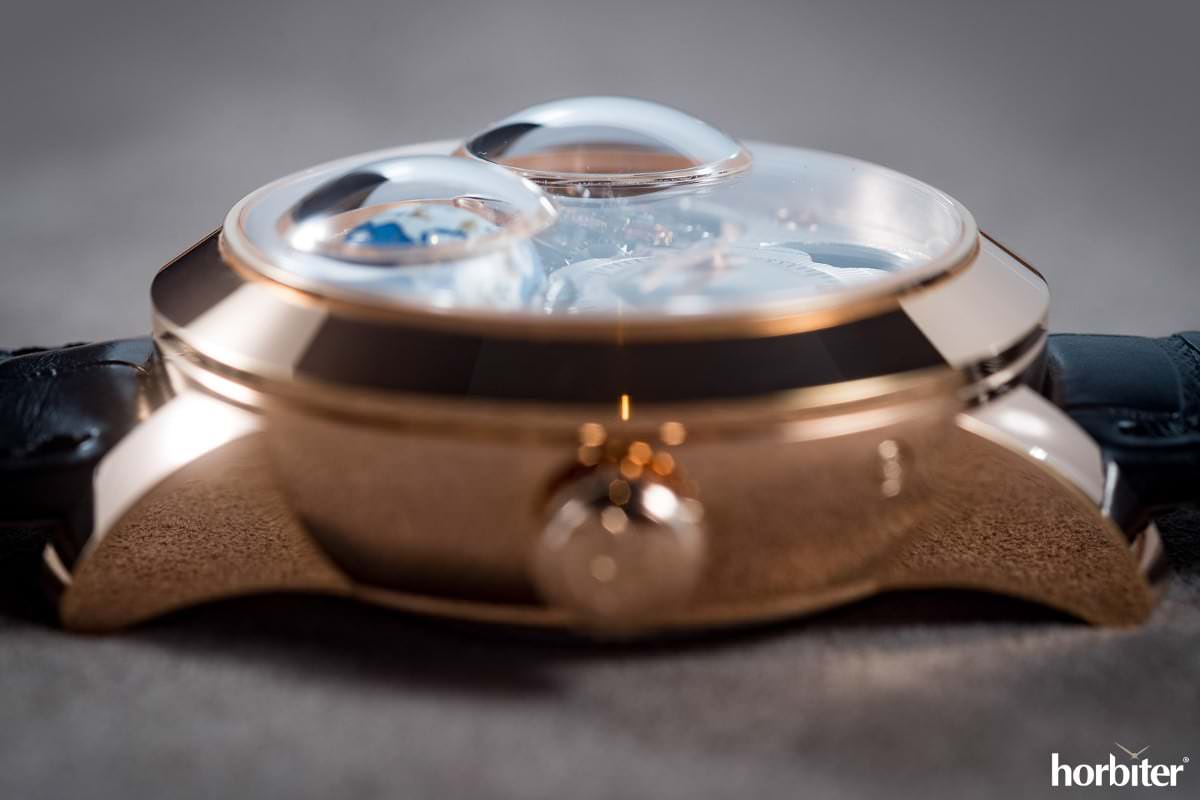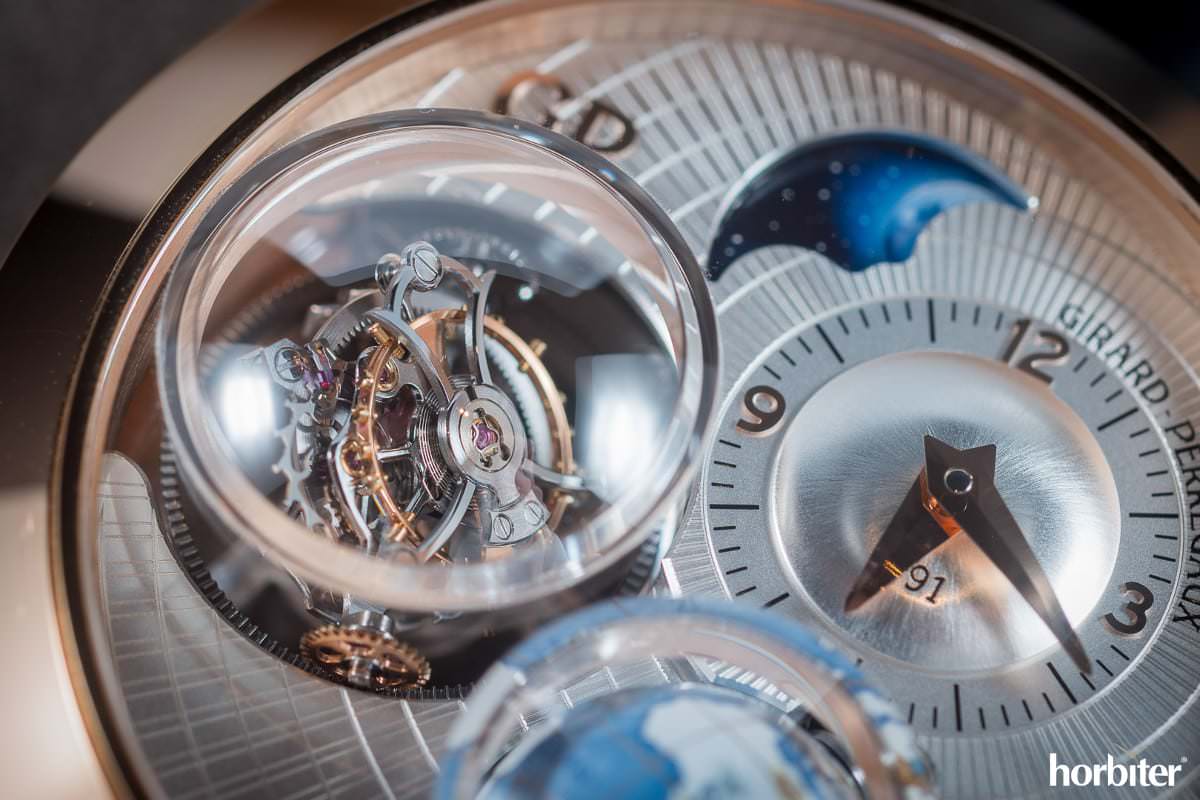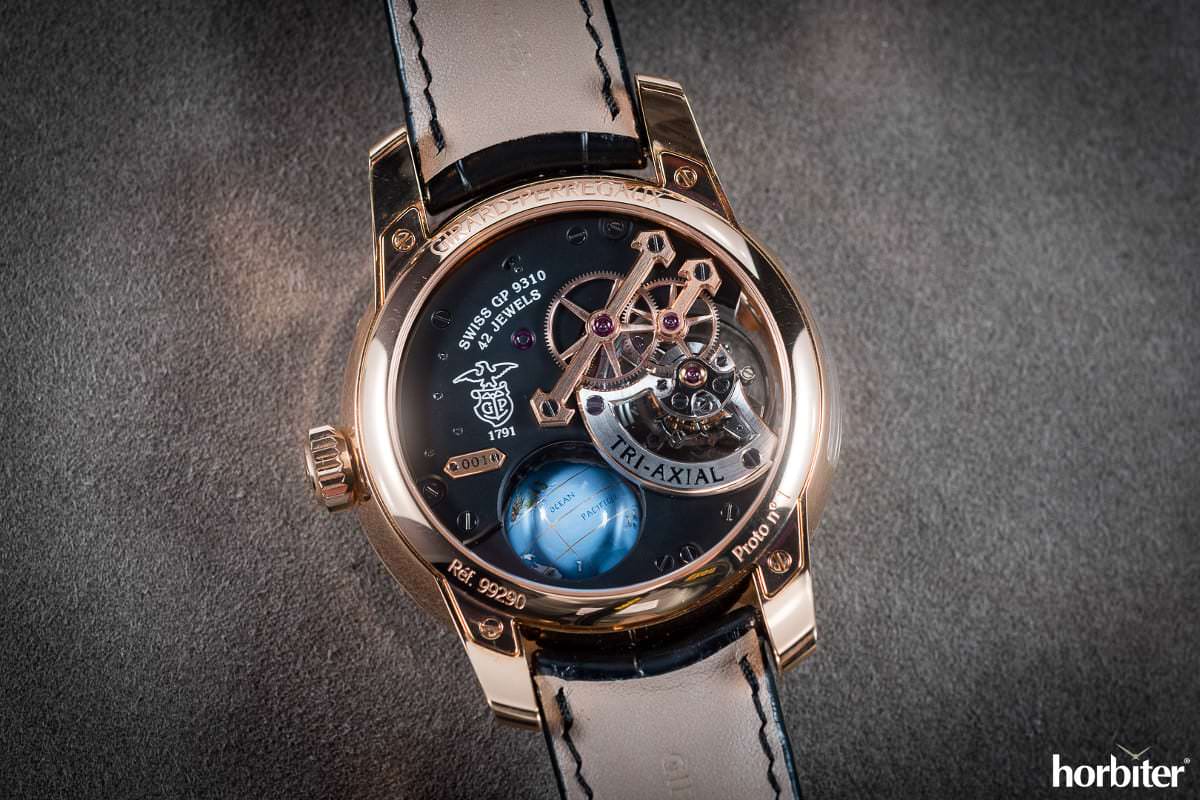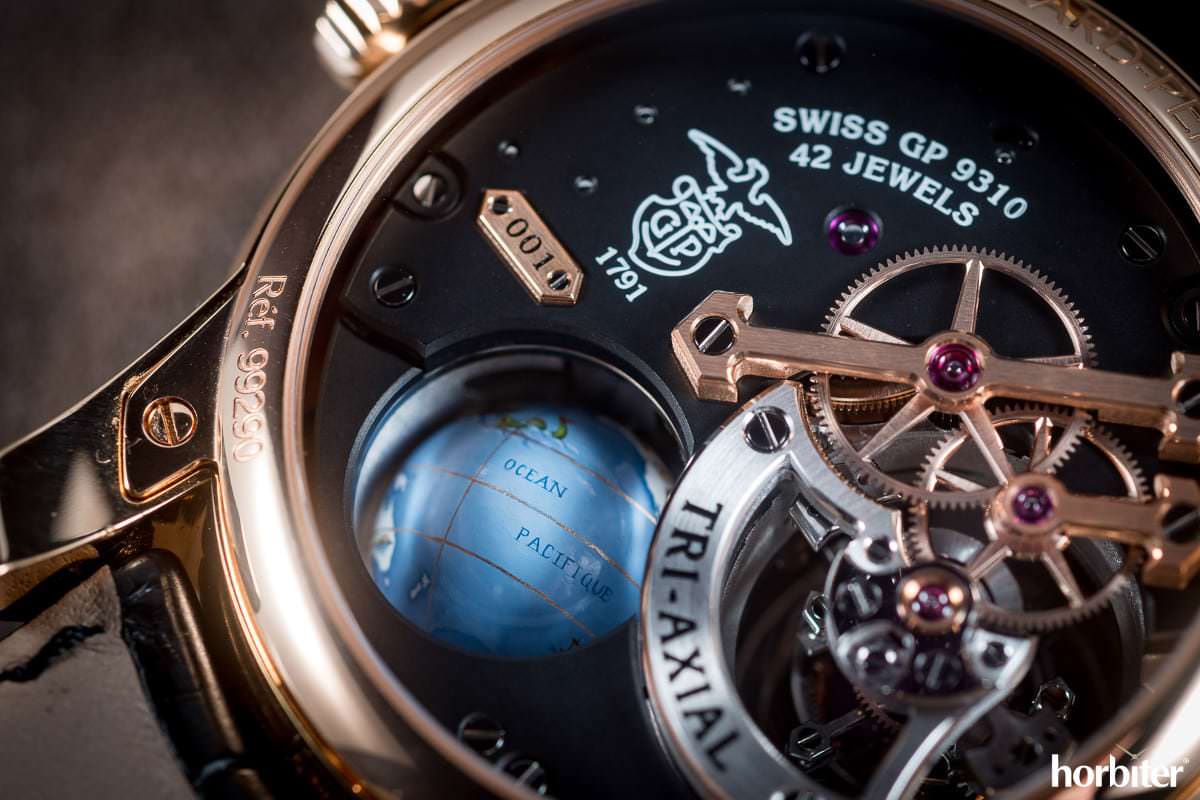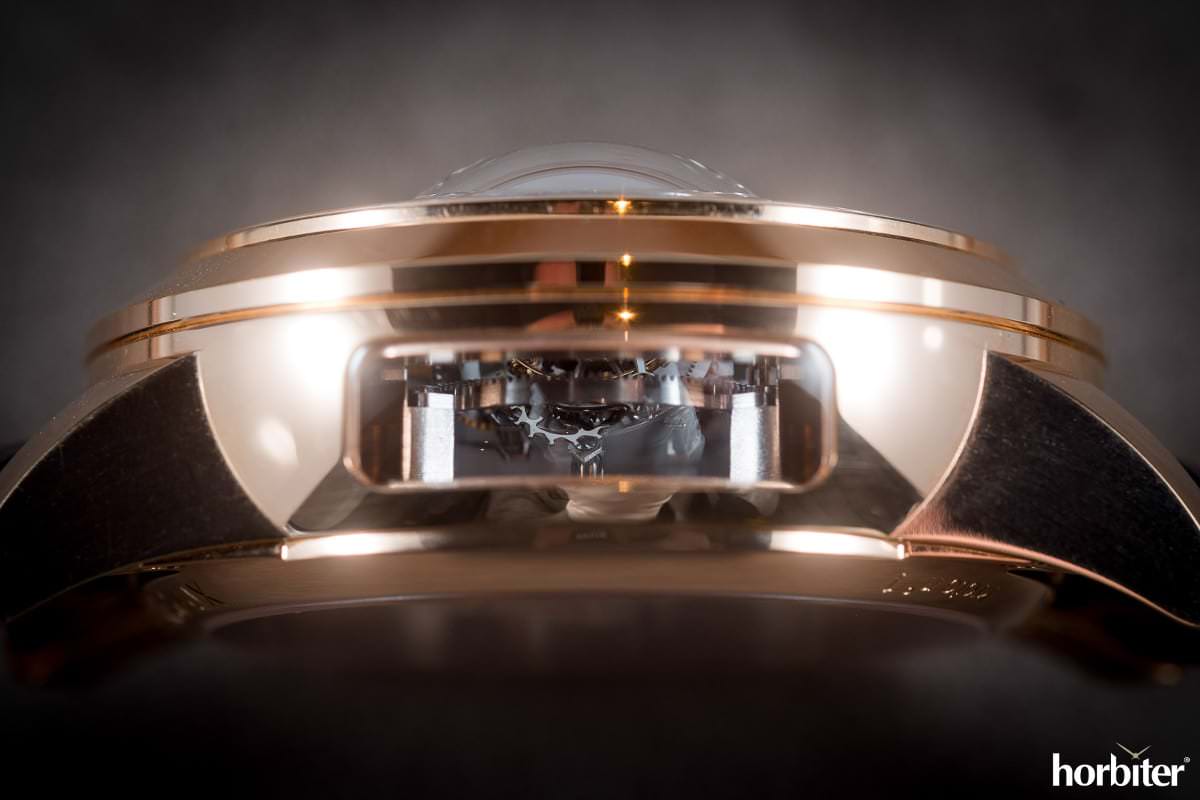Table of Contents
The Tourbillon is the complication par excellence; the one, where the skills of a watch-maker are put to the test and it is also the complication that brings together, for a brief moment, big and small manufactures, because this is where the concept of serial production leaves room for the abilities and genius of master watch-makers. Tourbillons abound on the market, but if you investigate a bit further, you will find out that there are very few brands that design, build and decorate their tourbillons in-house.
To say that the tourbillon has become a commodity among complications is perhaps excessive, but truth is that the crafting techniques to manufacture tourbillons on a higher scale have made them more accessible to a wider audience. A few days ago, I released an article about a tourbillon retailing at an exceptionally competitive price without sacrificing anything in terms of quality and touch and feel. In that case, the Ulysse Nardin Marine Tourbillon, the brand certainly hit the spot with its idea of a timepiece crafted in a less noble metal like steel.
The origins.
At first glance, the Girard–Perregaux Bridges Planetarium Tri–Axial is an evolution of the 2014 Tri–Axial. During those days in Basel, what had struck me the most, while I was busy taking tons of photos, was the concreteness of that complicated timepiece. It radiated a hypnotic feeling, because the cage rotating in the space on three different axes at the same time is a show of micro mechanics in itself capable of fascinating even those who have little interest in the world of watch-making.
Moreover, this timepiece represented a proof of aesthetic concreteness for the simplicity and the purity through which the dial was able to communicate its mechanical complexity. Our eyes are naturally attracted to the “carousel” located under the sapphire crystal bubble at 3 o’clock inserted within a setting, where everything else is of a disarming cleanliness: the de-centralized hours dial in the top right corner, the power reserve at the bottom and the applied strong and easily recognizable GP logo. An incredibly balanced setting that is both rich and satisfying or, as our American friends would define it; ‘compliant’.
The Girard-Perregaux Bridges Tri-Axial Planetarium.
The new Girard–Perregaux Bridges Planetarium Tri–Axial is not just the continuation of that 2014 project. A lot has changed in Girard–Perregaux over the past three years, from the CEO to the management and the Girard–Perregaux Bridges Tri–Axial Planetarium is definitely the result of different choices if compared to those that gave us the previous Tri–Axial.The original spirit, however, has remained intact, while the bar has been set higher by looking for new ideas to capture the attention of fans and collectors alike.
The Girard-Perregaux GP09310 calibre.
Girard–Perregaux is famous for crafting excellent calibers and it also boasts a long string of successes in the production of complicated calibers; the reference point being with no doubt the 1889 Esmeralda Tourbillon with Three Golden Bridges that was awarded the gold medal at the Paris Universal Exposition. In a Girard–Perregaux timepiece, technique has a predominant aesthetic function and is not, as it happens on other timepieces, entirely devoted to the overall design or even functional to it.
The case is inserted within a second structure, which performs a complete rotation in 30 seconds and this second structure is, in turn, inserted within a third structure, which performs a complete rotation in 2 minutes. This 140 gram micro–structure that requires a good part of the time needed to assemble (and adjust) a Girard–Perregaux Bridges Planetarium Tri–Axial is designed to minimizing the effects of gravity force on time measurement precision.
My personal opinion.
In a scenario, where the Laureato is the brand’s new hero, it is equally reassuring to see that Girard–Perregaux continues to create dreams too. Watches like the Girard–Perregaux Bridges Planetarium Tri–Axial are the concrete proof of Girard–Perregaux’s history. A Laureato represents a phase of the brand’s life; its most recent phase, but a complicated timepiece like this one, on the other hand, feeds the imagination of an enthusiast and brings them closer to the brand by inevitably revealing all the other collections of the brand and this concept is something that brands are fully aware of.
(Photo credit: Horbiter®)
Gaetano C @Horbiter®

